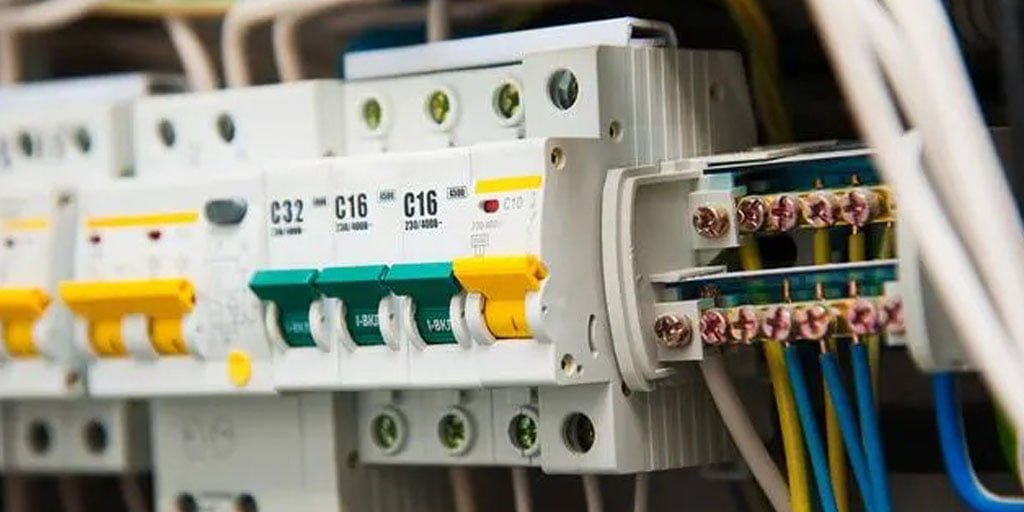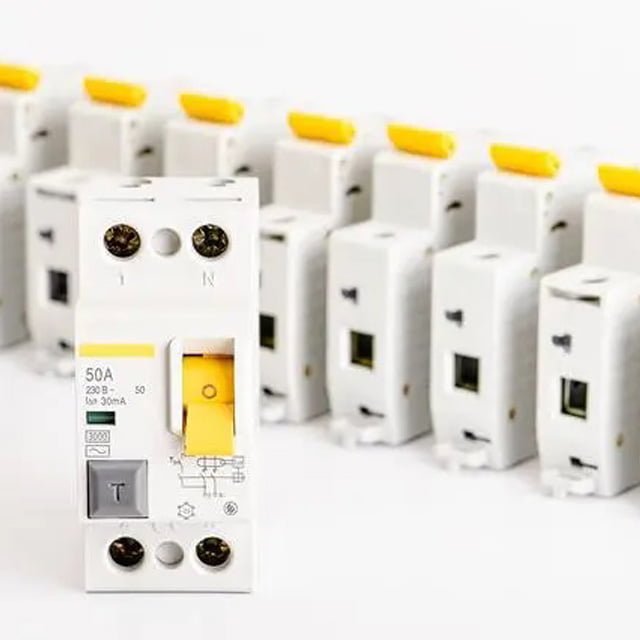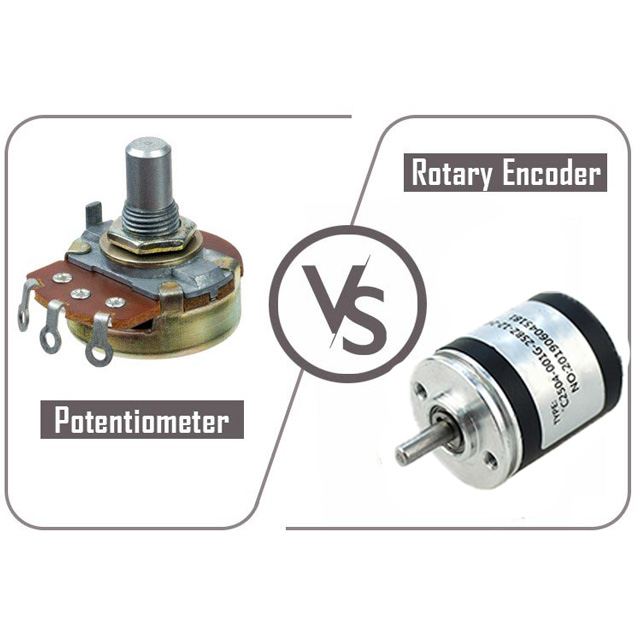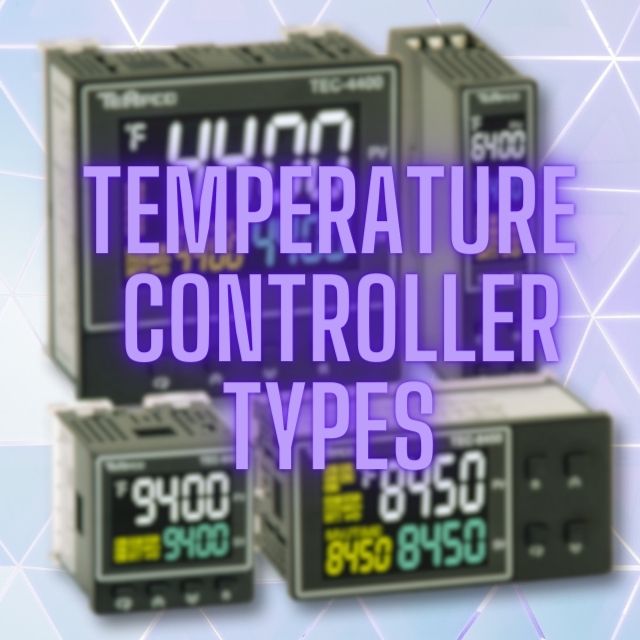Wyłącznik różnicowoprądowy (RCD) jest powszechnie stosowanym urządzeniem elektrycznym służącym do wykrywania obecności wyciek w obwodzie i odłączają obwód natychmiast po wykryciu upływu. W środowiskach domowych i komercyjnych rola zabezpieczeń różnicowoprądowych jest kluczowa, ponieważ mogą one zapobiegać wypadkom związanym z bezpieczeństwem, takim jak porażenie prądem i pożar. Przy wyborze ochronników różnicowoprądowych zazwyczaj uwzględnia się różnicę między 1P i 2P. Czym więc są zabezpieczenia upływowe 1P i 2P? Jaka jest różnica?
Zarówno 1P, jak i 2P to typy zabezpieczeń różnicowoprądowych, gdzie 1P odnosi się do jednobiegunowego zabezpieczenia różnicowoprądowego, a 2P odnosi się do dwubiegunowego zabezpieczenia różnicowoprądowego. Mówiąc prościej, 1P może chronić tylko jeden obwód, podczas gdy 2P może chronić dwa obwody jednocześnie.

Różnice w zabezpieczeniach RCD 1P i 2P
W szczególności zabezpieczenie upływowe 1P ma tylko jedno urządzenie zabezpieczające przed upływem, które jest zwykle instalowane w obwodzie jednofazowym. Może wykryć, czy w obwodzie występuje upływ, ale może chronić tylko jeden obwód. Na przykład, gdy używasz piekarnika w kuchni, jeśli w tym samym czasie wystąpi wyciek w obwodzie pralki, zabezpieczenie przed wyciekiem 1P nie może go chronić, ponieważ może chronić tylko jeden obwód.
Zabezpieczenie przed upływem 2P posiada dwa urządzenia zabezpieczające przed upływem, które mogą chronić dwa obwody jednocześnie. Gdy w obwodzie wystąpi wyciek, zabezpieczenie przed wyciekiem natychmiast odetnie zasilanie obwodu, aby zapobiec dalszemu rozprzestrzenianiu się wycieku. Jeśli wyciek wystąpi w dwóch obwodach w tym samym czasie, zabezpieczenie przed wyciekiem 2P może również odciąć oba obwody w tym samym czasie, chroniąc w ten sposób bezpieczeństwo ludzi.
Oprócz różnicy w zakresie ochrony, istnieją pewne inne różnice między zabezpieczeniem różnicowoprądowym 1P a zabezpieczeniem różnicowoprądowym 2P.
Różnice w kosztach między RCD 1P i 2P
Po pierwsze, wyłączniki różnicowoprądowe 1P są zwykle tańsze niż wyłączniki różnicowoprądowe 2P. Ponieważ wyłącznik różnicowoprądowy 1P wymaga tylko jednego urządzenia ochrony różnicowoprądowej, a wyłącznik różnicowoprądowy 2P wymaga dwóch urządzeń ochrony różnicowoprądowej, więc jego koszt jest wyższy. Ponadto zabezpieczenie różnicowoprądowe 2P wymaga więcej miejsca do zainstalowania, ponieważ wymaga dwóch przewodów elektrycznych, podczas gdy zabezpieczenie różnicowoprądowe 1P wymaga tylko jednego przewodu elektrycznego.

Różnica w metodach wyzwalania zabezpieczenia upływowego 1P i zabezpieczenia upływowego 2P
Po drugie, metody wyzwalania zabezpieczenia upływowego 1P i zabezpieczenia upływowego 2P są również różne. Zabezpieczenie upływowe 1P może wykrywać tylko upływ jednobiegunowy, to znaczy po wpłynięciu prądu do urządzenia elektrycznego z zasilacza, wypływa on z jednego bieguna urządzenia elektrycznego (zwykle z przewodu pod napięciem) i powraca do drugiego bieguna zasilacza (zwykle z przewodu neutralnego). Dlatego też, jeśli prąd wpływa do urządzenia elektrycznego z przewodu neutralnego, a następnie wypływa z przewodu pod napięciem, zabezpieczenie upływowe 1P nie może wykryć upływu. Zabezpieczenie upływowe 2P może wykrywać upływ dwubiegunowy, co oznacza, że niezależnie od tego, z którego bieguna płynie prąd, może on zostać wykryty.

Różnica prądu znamionowego
Wreszcie, prąd znamionowy i znamionowy czas działania zabezpieczenia upływowego 1P i zabezpieczenia upływowego 2P są również różne. Ogólnie rzecz biorąc, prąd znamionowy i znamionowy czas działania zabezpieczenia upływowego 2P będą wyższe niż w przypadku zabezpieczenia upływowego 1P, ponieważ musi ono obsługiwać więcej obwodów. Dlatego przy wyborze zabezpieczenia upływowego należy upewnić się, że może ono spełnić wymagania dotyczące prądu znamionowego i czasu działania upływu obwodu.
Wnioski
Krótko mówiąc, największa różnica między zabezpieczeniem różnicowoprądowym 1P a zabezpieczeniem różnicowoprądowym 2P polega na ich zakresie ochrony. Jeśli potrzebujesz chronić pojedynczy obwód, wystarczy 1P RCD; jeśli potrzebujesz chronić wiele obwodów, lepszym wyborem będzie 2P RCD. Oczywiście podczas instalacji zabezpieczenia upływowego należy również wziąć pod uwagę takie czynniki, jak prąd znamionowy, napięcie znamionowe i znamionowy czas działania upływowego. Aby zapewnić bezpieczeństwo i skuteczność, instalację najlepiej powierzyć profesjonalistom.






